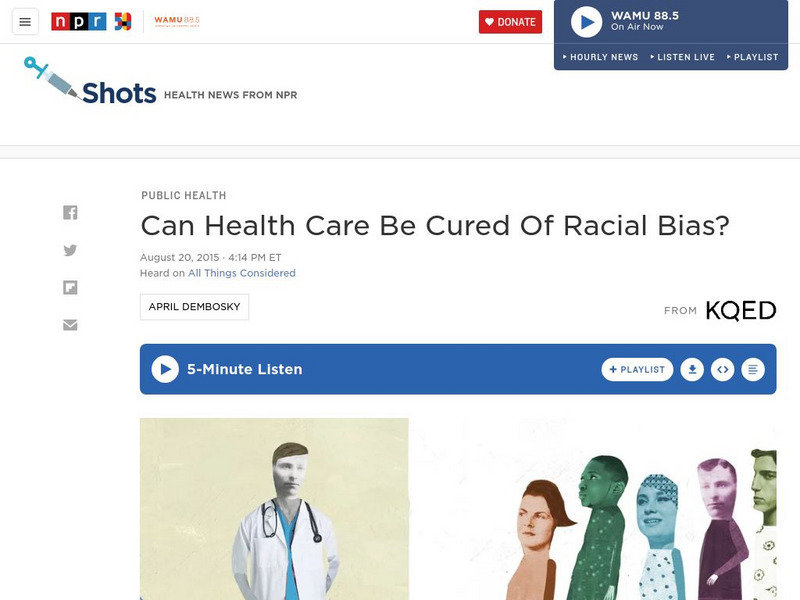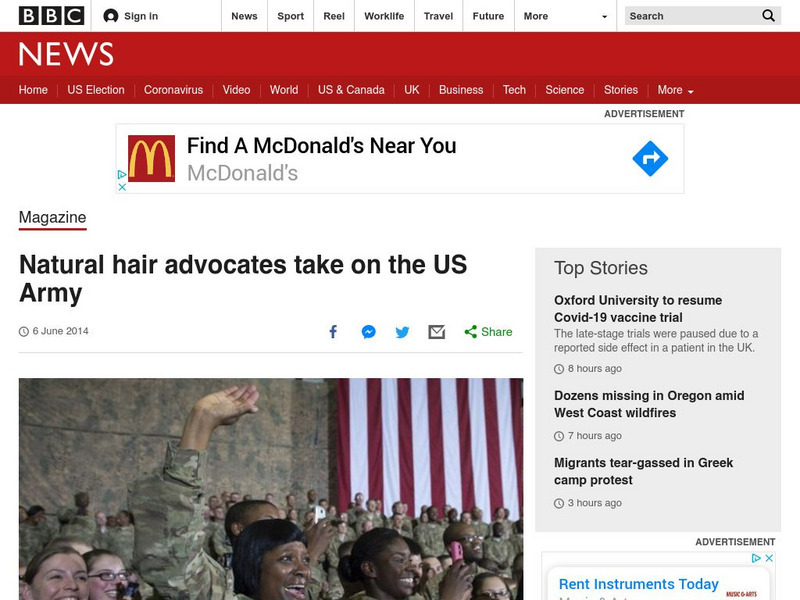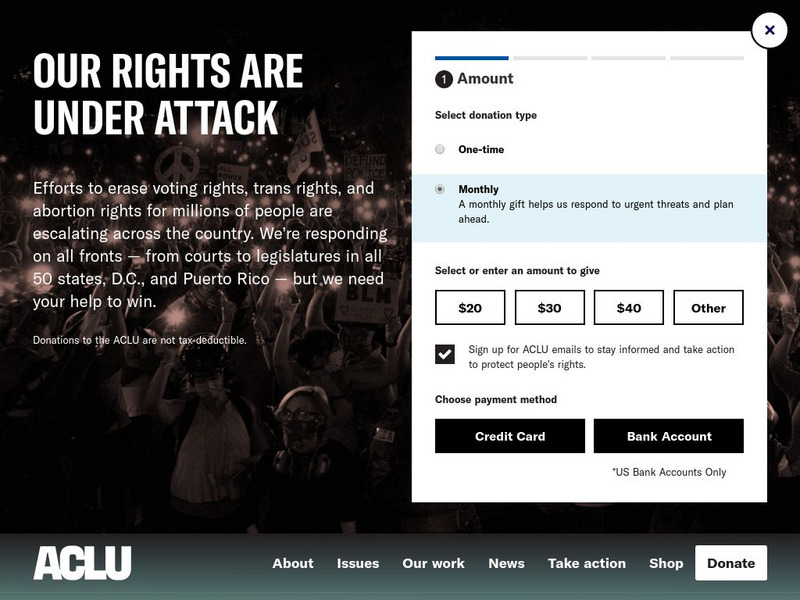Curated OER
The Artist as Entrepreneur: Are You Listening?
Students study non-verbal communication through appearance, movements and voice. They evaluate the non-verbal communication of television reporters and then participate in role-play scenarios using non-verbal communication.
Curated OER
Tolerance: Gender Issues
High schoolers explore why some professions have been gender-dominant in the past. In this lesson, students identify some professions that have typically had one specific gender employed in the past, then research that job to see when it...
Curated OER
Examining newspapers
Students compare and contrast tabloid and broadsheet papers. In this journalism lesson plan, students examine how techniques and form differs from one type of publication to the other. The culminating activity is for students to take...
University of Michigan
News Bias Explored: The Art of Reading the News
Real-life examples, interactive headline and image games and brief explanations make this an attractive site for learning to recognize media bias.
iCivics
I Civics: News Literacy
Use this library of mini-lessons to teach students to recognize high-standards journalism so they can make informed judgments about the information coming at them and to help them identify and deal with misinformation, bias, opinion, and...
Ohio State University
Ohio State University: Think Political News Is Biased? Depends Who You Ask
Article about Ohio State University study that explores whether Republicans or Democrats think political news is biased. (Published April 7, 2003)
Media Smarts
The Media Awareness Network: Bias
Slant, or bias, can be found in virtually every news outlet. Use this online lesson plan to help students understand how word choices and other factors can intentionally or unintentionally affect the audience's understanding.
Sophia Learning
Sophia: Politics and Media 3: Selling the Prez
Using electronic and print resources, this tutorial explores media bias and how political candidates are portrayed in the news. [2:42]
University of Washington
Bias in the News
This handy page clearly explains various ways in which bias can creep into news reports. Examples of each method are given.
Annenberg Foundation
Annenberg Learner: Democracy in America: Understanding Media: The Inside Story
This unit highlights the integral role that the media plays in American politics to communicate between the leaders and the public. Offers video, readings, web resources, and activities.
Other
How to Detect Media Bias & Propaganda [Pdf]
A portion of a larger book, this site is critical of journalism as it is presently practiced. This portion offers characteristics of critical news consumers.
NPR: National Public Radio
Npr: Can Health Care Be Cured of Racial Bias?
Article reports on the history and current status of racial bias in the health care industry. Includes an audio version of the story.
PBS
Pbs News Hour: Current Events Lesson Plan
An interesting way for students to dissect current events in the classroom. This lesson plan has students look at bias and develop critical thinking skills in order to digest the news media.
Other
Rhetorica Network: Media / Political Bias
A detailed explanation of how bias works is offered at this site, including critical questions for detecting bias in writing.
PBS
Pbs Online News Hour: Mac Neil Lehrer Productions: Sampling Bias, Ca Recall
In this lesson plan, students are exposed to the different types of political samples, given lists of election data and asked to differentiate between the samples, and informed as to the sources of bias in samples. In addition to...
Johns Hopkins University
Johns Hopkins University Sheridan Libraries: Information and Its Counterfeits
Distinguishing information from propaganda, biased reporting and misinformation is an important skill. This short article defines each of these, and provides examples of each.
PBS
Pbs Online News Hour: Politics After Katrina
A panel of three analysts discusses the government's actions before, during, and after Hurricane Katrina. All three are critical of the government's response and therefore may be biased. Video, audio, and a transcript are available of...
BBC
Bbc: Week of 6 9 14: Natural Hair Advocates Take on the Us Army
Recent changes to the regulations for women's hairstyles within the military have raised questions of bias against black women and their natural hair texture.
American Psychological Association
Apa: Hindsight Bias
A research article discussing how the way our impression of how we acted or would have acted changes when we learn the outcome of an event is actually a by product of a cognitive mechanism that allows us to unclutter our minds.
Other
Aclu: American Civil Liberties Union
Official home of the American Civil Liberties Union (ACLU). Learn about American news, what's going on with the Supreme Court and new legislation, and more at this online interest group.
Digital History
Digital History: September 11, 2001
This site has a comprehensive overview of the September 11, 2001 attacks on the U.S., including information on Osama bin Laden's background, the formation of Al Qaeda, the attacks themselves, the US response, civil liberties and national...
Other popular searches
- Bias in the News Media
- News Bias and Discrimination
- Television News Bias
- Bias in News Media
- Bias in News Media Race
- Bias in the News


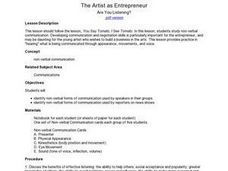


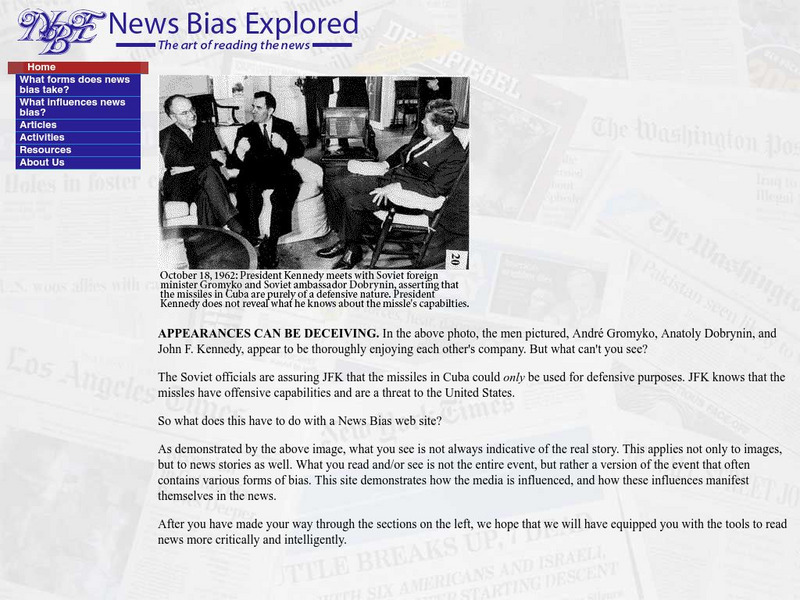
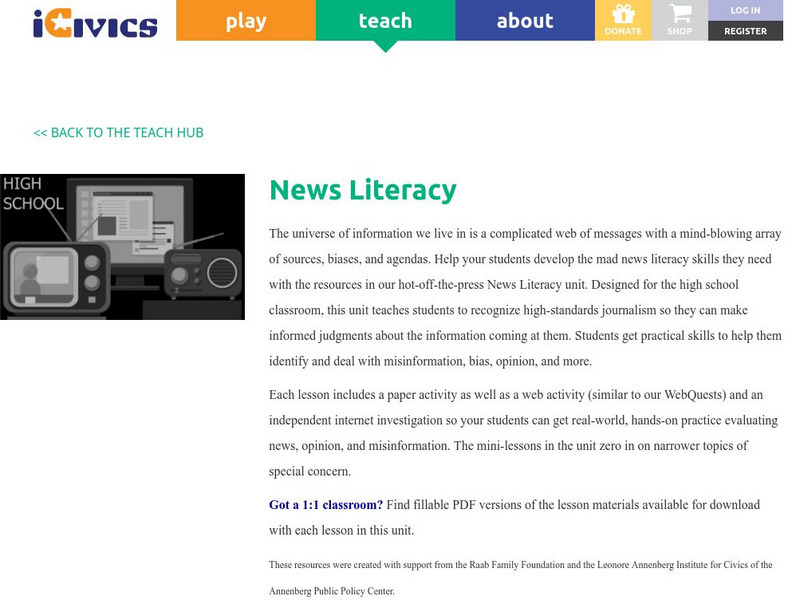



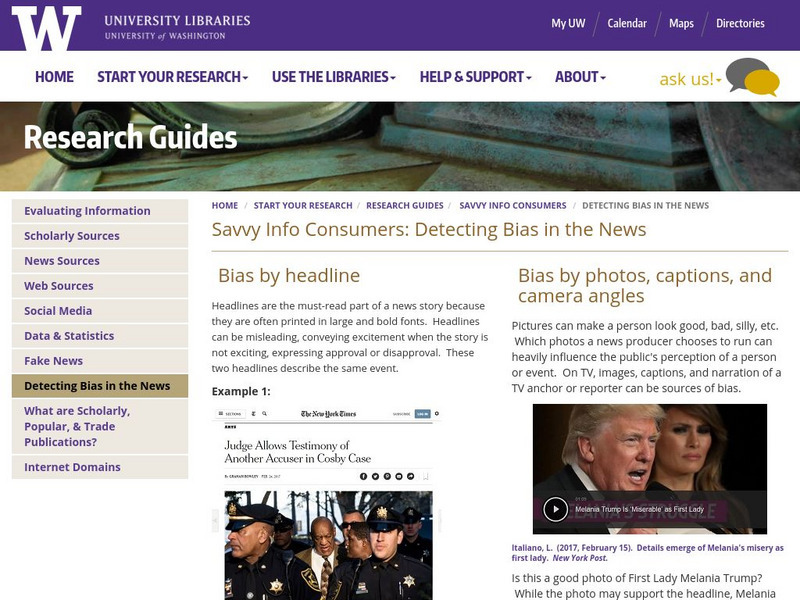
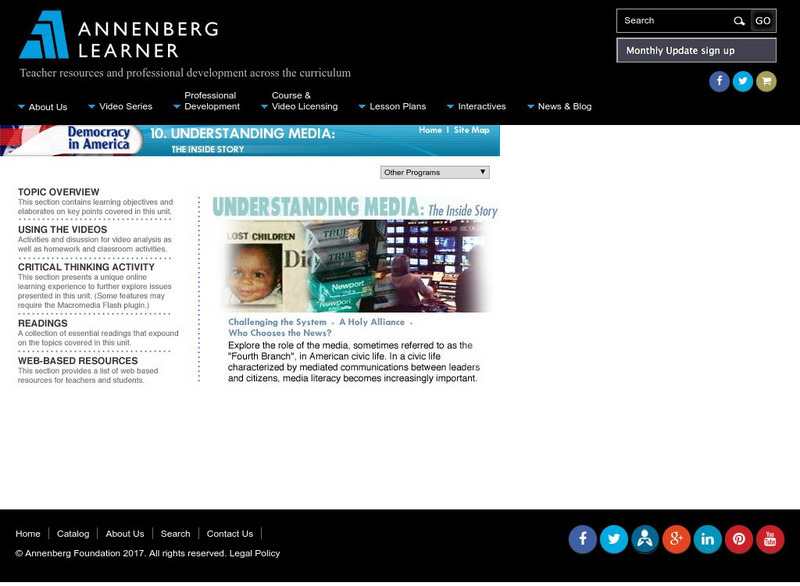
![How to Detect Media Bias & Propaganda [Pdf] Activity How to Detect Media Bias & Propaganda [Pdf] Activity](https://d15y2dacu3jp90.cloudfront.net/images/attachment_defaults/resource/large/FPO-knovation.png)
